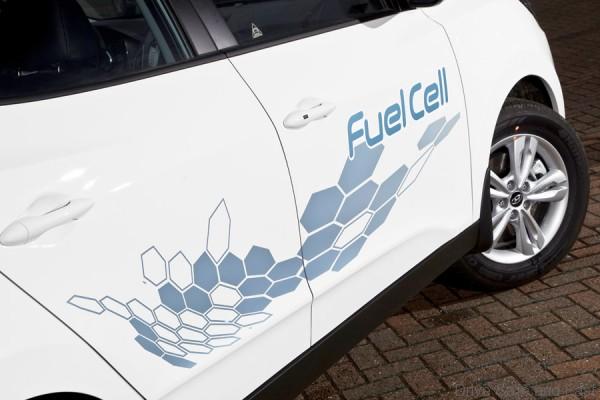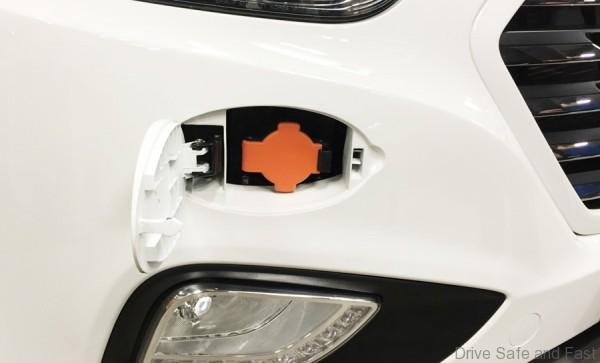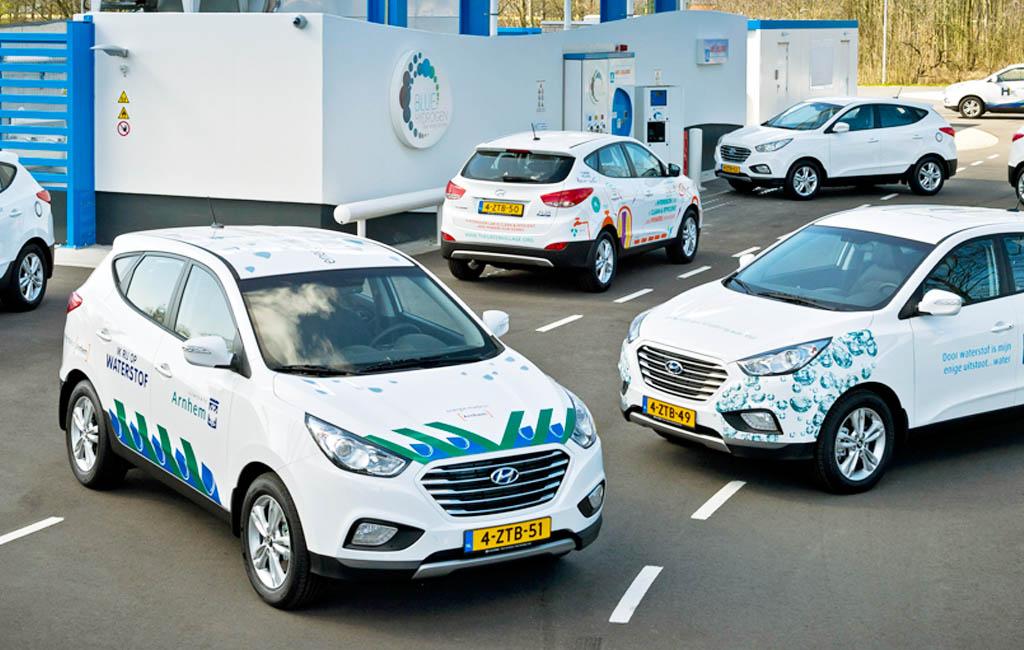Researchers at Delft University of Technology (TU Delft) in the Netherlands has successfully engineered and installed a socket on a Hyundai ix35 Fuel Cell that serves as an electrical outlet. In close collaboration with Hyundai Motor and other commercial partners they converted the zero-emission fuel cell electric vehicle (FCEV) into a power plant on wheels; a European first.

But why exactly is this important?
It has been found that car owners use their vehicles for transportation only 5% of the time. Unlike a fossil fuel powered car, a fuel cell vehicle when parked can produce electricity from hydrogen; cleaner and more efficiently than the current electricity system and with useful ‘waste’ products heat and fresh water.

The converted Hyundai ix35 Fuel Cell has a capacity of ten kilowatt (kW), sufficient to power on average ten homes. With the socket in place the innovators managed to modify the car in such a way that it can distribute its electricity to the grid or directly to a house, for instance to complement the available wind and solar power.

These applications will be researched and tested in the next stage of the programme. The project is part of the Greenvillage intiative of the TU Delft to promote innovative systems for a sustainable future.
A leader in fuel cell technology
The ix35 Fuel Cell is the world’s first mass-produced and commercially available fuel cell electric vehicle. FCEVs are not a newly developed technology for Hyundai. The ix35 Fuel Cell is already the fourth generation of FCEV. Currently there are more than 250 Hyundai ix35 Fuel Cell vehicles on European roads in 13 countries. That is more than all FCEVs from every other manufacturer combined.



